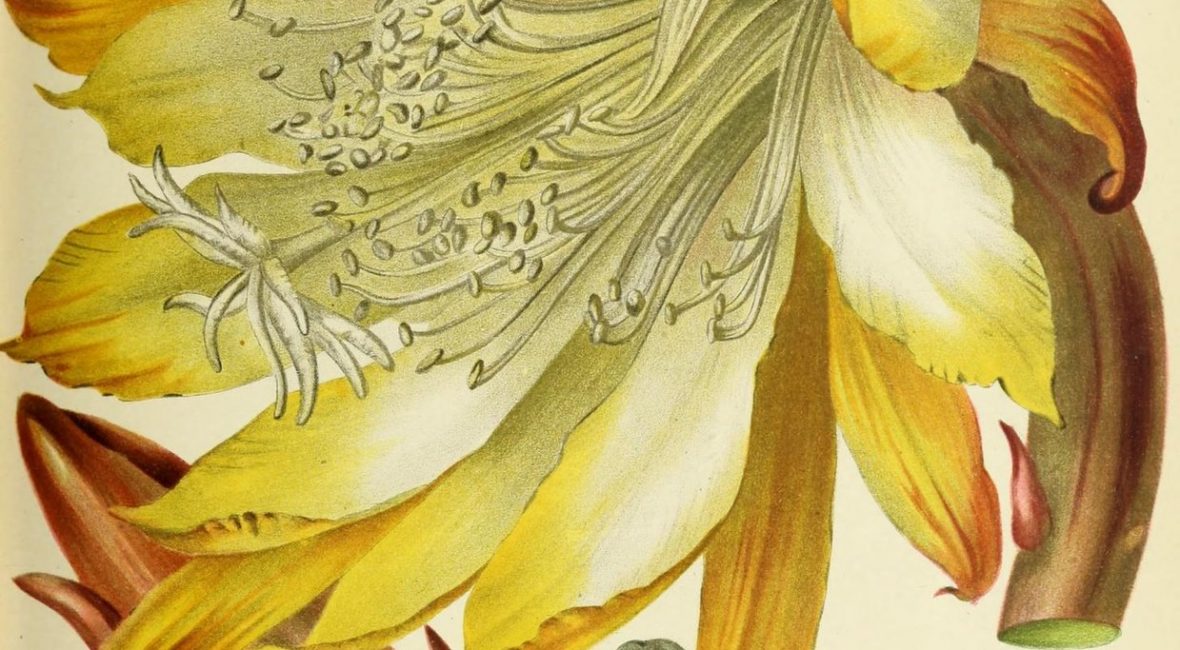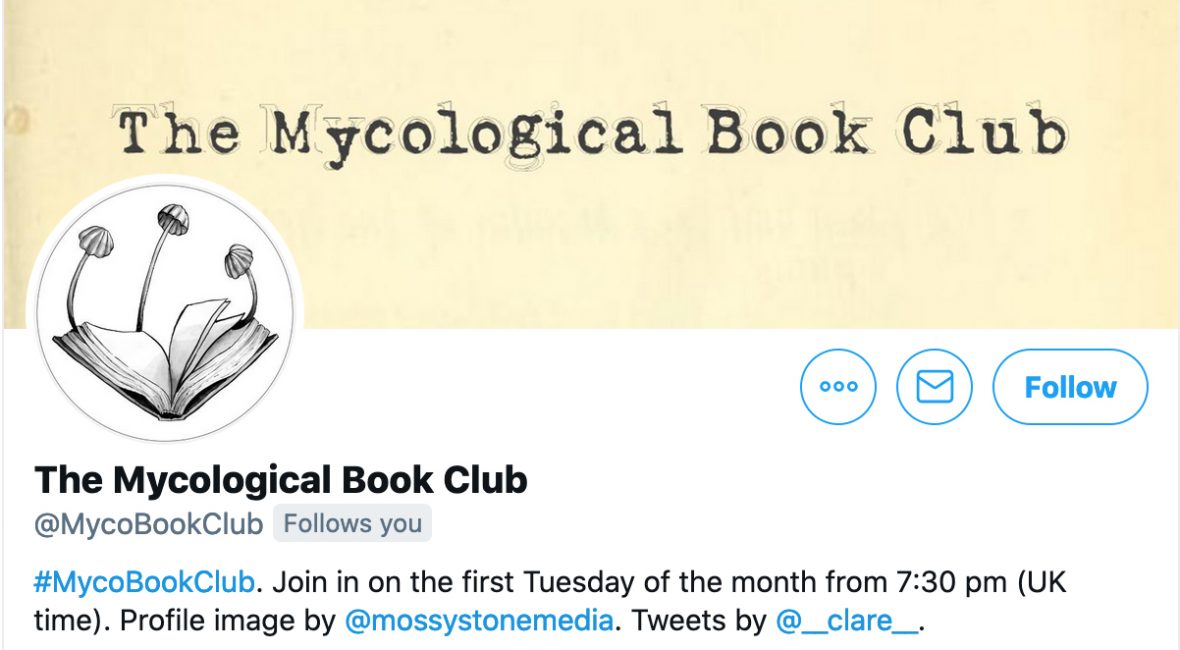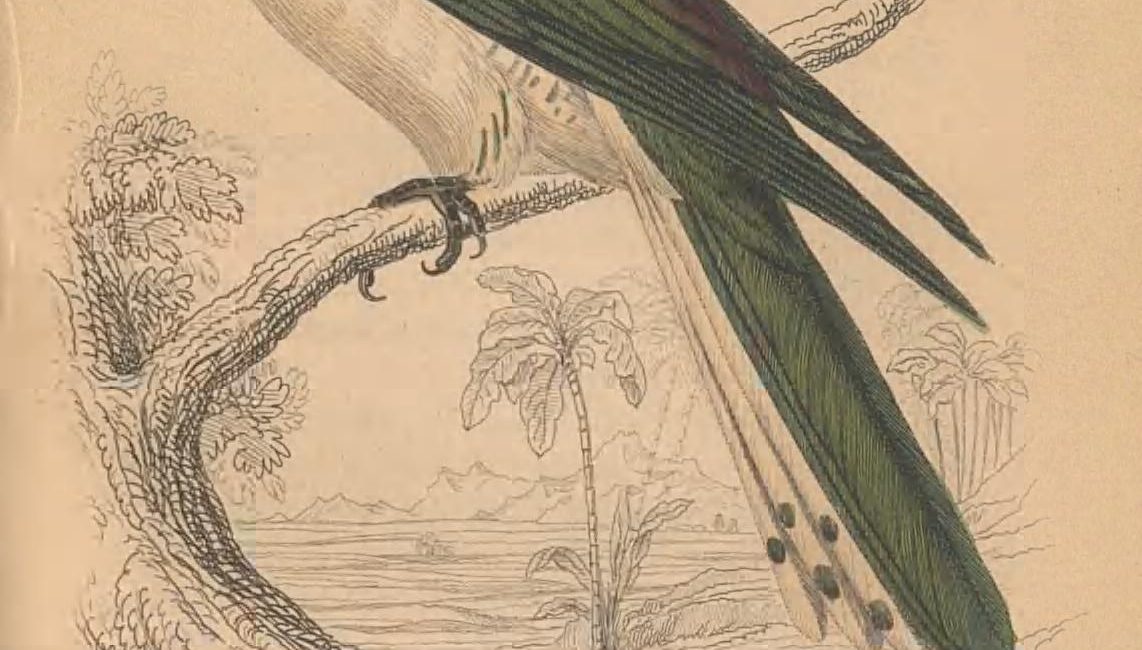In 1780, French naturalist François Le Vaillant traveled to the Cape of Good Hope and subsequently spent several years studying the region’s biodiversity. During his three journeys—the first around Cape Town and Saldanha Bay (April to August 1781), the second eastwards from the Cape (December 1781 to May 1783), and the third to the Orange River and into Great Namaqualand (June 1783 to c. May 1784)—Le Vaillant amassed a collection of thousands of specimens. Upon returning to Europe, he published accounts of his travels within Voyage dans l’intérieur de l’Afrique (1790, 2 vols.) and Second voyage dans l’intérieur de l’Afrique (1796, 3 vols.)—both of which were best sellers and were translated into several languages.
Within these narratives, Le Vaillant writes repeatedly of his Khoikhoi guide, whom he called Klaas (but whose name in Klaas’s own Khoe language seems to be unrecorded). Le Vaillant’s respect and affection for Klaas is evident. In the first volume of his Voyage dans l’intérieur de l’Afrique, Le Vaillant writes:
“…le bon Klaas fut déclaré mon égal, mon frère, le confident de tous mes plaisirs, de mes disgrâces, de toutes mes pensées ; il a plus d’une fois calmé mes ennuis, & ranimé mon courage abattu.” [“…the good Klaas is declared my equal, my brother, the confidant of all my pleasures, of my disgraces, of all my thoughts; he has more than once calmed my troubles, & revived my shattered courage.”]
Klaas, of whom Le Vaillant wrote “by long practice [he] had become a naturalist”, also collected specimens for the French naturalist, which Le Vaillant later described within publications such as Histoire naturelle des oiseaux d’Afrique (1796–1808, 6 vols.). One such specimen was that of Klaas’s cuckoo, a species native to the wooded regions of sub-Saharan Africa. According to Le Vaillant, Klaas collected the specimen “près de la rivière Platte” (“near the Platte river”). It was the only individual of this species that the company encountered during their expedition.
Continue reading













